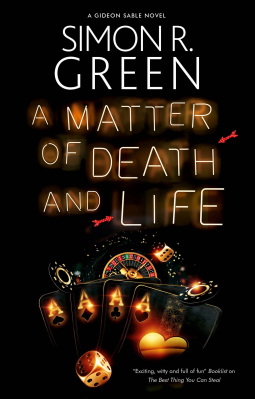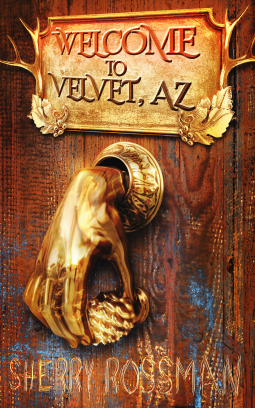Where Darkness Blooms, by Andrea Hannah (St. Martins/Wednesday)
Bishop, Kansas, appears to be a classic Midwest town, with
fields of sunflowers and wind storms that keep everyone hunkered down. But
Bishop is no ordinary place, and darker secrets lie beneath. Literally beneath.
As in the soil itself, which manifested a lust for human blood a century ago. Since
then, raging wind storms keep the town’s population from venturing far afield,
those fields being endless stretches of sunflowers that seem to be watching
everything that happens.
Today, four girls have banded together, sharing a dusty,
broken-down house after their mothers mysteriously disappear. In addition,
equally mysterious deaths—always women—including the girlfriend of Whitney, one
of the girls. The friends have their own secrets: Jude, Whitney’s sister, had a
fling with her friend Delilah’s boyfriend; Delilah can’t stand anyone’s touch,
including the boyfriend’s; and Bo’s perpetual anger hides a trauma she can’t speak
of. During the memorial for the missing mothers, the storm reveals a terrible
secret that sets the girls off on a mission to discover what’s really going on.
With the exception of the (very brief) prolog that
establishes the thirst of the soil for blood, the story kept me turning pages,
engaged with the characters, alternately terrified for them, rejoicing in their
strength and insights, hoping that at least one of them gets a happy ending, and
ready to strangle the men than keep them in windy chains. All in all, this was
a great read. I’ll be looking out for the author’s next.











